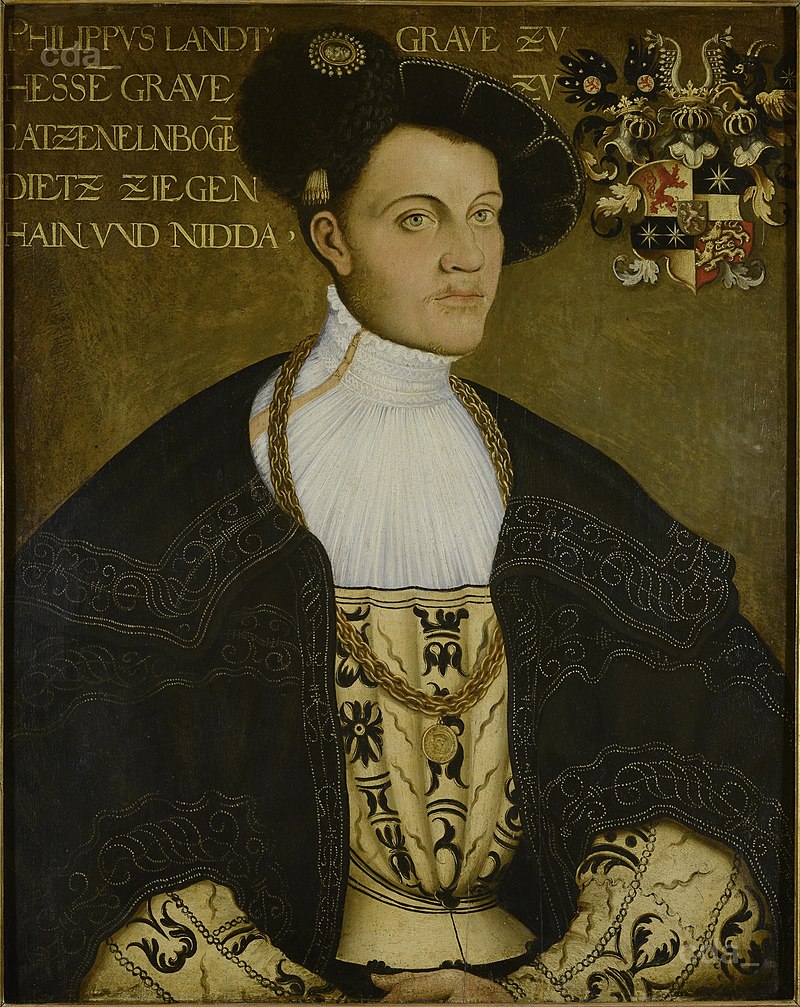On March 4, 1540, one of the most scandalous events in German history occurred when Protestant Count Philip of Hessen married his second wife, Margarethe von der Saale, in a bigamous union. This marriage caused a significant uproar in society and threatened the stability of law and order in the region, underscoring the profound societal implications of the event.
Philip I, Landgrave of Hesse was a German nobleman best known for his significant role in the Protestant Reformation. His father passed away when he was just five years old, leading to a power struggle with his mother, who served as regent on his behalf. Due to various family issues, Philip’s childhood lacked the traditional religious and moral upbringing typical of the era. Eventually, Philip reached adulthood and began making his own decisions. At 17, he met Martin Luther for the first time, and three years later, he embraced Protestantism. This decision was influenced by his growing disillusionment with the teachings of the Catholic Church and his personal interpretation of the Bible.
Philip married Christine of Saxony as part of an arranged marriage on December 11, 1523. The marriage was intended to unite the houses of Hesse and Saxony. Despite having ten children together, Philip was reportedly “disgusted” by his wife and quickly became enamored with another woman—Margarethe von der Saale. The two began seeing each other in what Martin Luther described as a constant state of “adultery and fornication.” Although he knew that adultery was sinful, he didn’t want to divorce his wife because he believed that to be equally sinful. Eventually, in 1539, Philip got permission from Martin Luther to marry Margarethe von der Saale, saying that of the two evils, bigamy was better than divorce. The two were married on March 4, 1540.
The public was incensed to learn that Count Philip had taken on a second wife without officially divorcing his first wife—a direct violation of Roman Catholic teachings and civil laws. The fact that Margarethe was related to his first wife, being her niece, only added fuel to the fire. This blatant disregard for religious and civil norms sparked a wave of outrage, with religious leaders and the public alike condemning the move as a threat to family structure and traditions.
The controversy also prompted several regional leaders to oppose Count Philip’s decision publicly. Prominent figures such as George III of Anhalt-Dessau, Landgrave William IV of Hesse-Kassel, Julius III of Brandenburg, and John George I of Saxony—despite their differing views—joined forces in their opposition to ensure that justice was served in light of this marital scandal.

